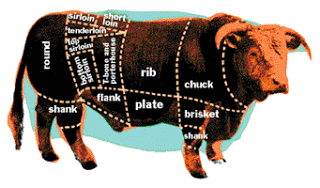
The US dollar remains strong against most currencies.  The exceptions are the Japanese yen, Swiss franc and euro though the franc and euro pulled back in the US afternoon before the weekend.  The greenback is still appreciating on a trade-weighted basis, which is the metric that counts in assessing its impact on the overall economy. Â
The euro, yen and franc strength is not as is often portrayed as some kind of safe haven that is flocked to in turbulent times.  Rather those currencies have been used to fund the purchases of other assets. When those other assets are liquidated the funding currency has to be bought back. In addition, assets in Europe and Japan were often purchased over the past year or so on a hedged basis. Â
When the underlying asset is sold, the hedge, which is a short currency position, is covered.  It is true that in the futures market, speculators are net long the yen for the first time in a few years, but this seems to be an expression of momentum and trend following rather than a safe haven play. Â
It is not about the dollar at the moment.  It may be more helpful to think of the dollar at the fulcrum, or the center of the see-saw.  On one side of are the funding currencies and on the other side are the assets.  The technical indicators are not encouraging traders or investors to resist the current forces. The failure of the recovery in the US stock market on Thursday to lift Asia (and Europe) seems to be a strong hint that the reversal in the market has to come from somewhere else.Â
The euro remain in a $1.08-$1.10 trading range.  There have been several false breaks.  Last week the ranges held.  The low was $1.0805, and the high was $1.0985.  Given the technical readings, and the fact that the US two-year premium over German has fallen by 20 bp since late last year, and is trending lower, the immediate risk is on the euro’s upside. Â

